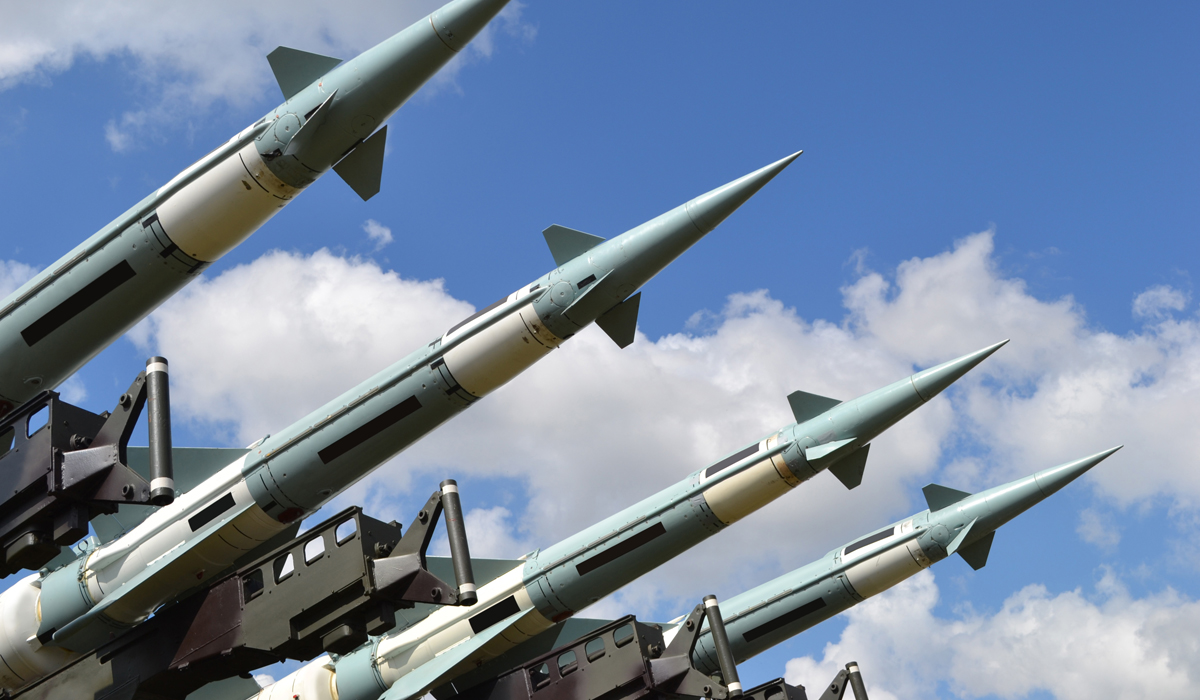ARTICLE SUMMARY:
PFA is safer than the prevailing thermal methods of cardiac ablation. Will it become the one energy modality to rule them all? The question has instigated an IP land grab among companies serving cardiac electrophysiology. Part 2 of our report from the 20223 Atrial Fibrillation Symposium.
At this year’s Atrial Fibrillation Symposium, held in Boston in early February, pulsed field ablation (PFA) dominated the headlines and was the subject of 30 presentations over the three-day course of the meeting. PFA promises to be faster, more effective, and much safter for cardiac ablation than the conventional thermal ablative energy modalities that burn (radiofrequency [RF], microwave, and laser) or freeze (cryothermy or cryo) heart tissue to contain faulty electrical impulses behind a boundary of scar.
Pulsed field ablation isn’t new. Operating by electroporation, this energy modality creates fields to open up irreversible pores in cells, and, at the right dose, causes irreversible cell death. In contrast, a thermal ablative energy modality like RF sends electrical current into tissue, where resistance causes the tissue to heat.
PFA has long been used for the treatment of cancer, to deliver drugs into skin or cells, and for the transfection of cells or genes. It’s new to cardiac ablation, however, and it’s exciting because this energy modality doesn’t bear the same risks of collateral damage posed by thermal energy, which occasionally causes such complications as stroke, pulmonary vein stenosis, pericardial tamponade, and damage to structures near the heart—blood vessels, the phrenic nerve, and the esophagus. These complications are rare—5% or less—but serious; atrial esophageal fistulas, for example, are often fatal.

